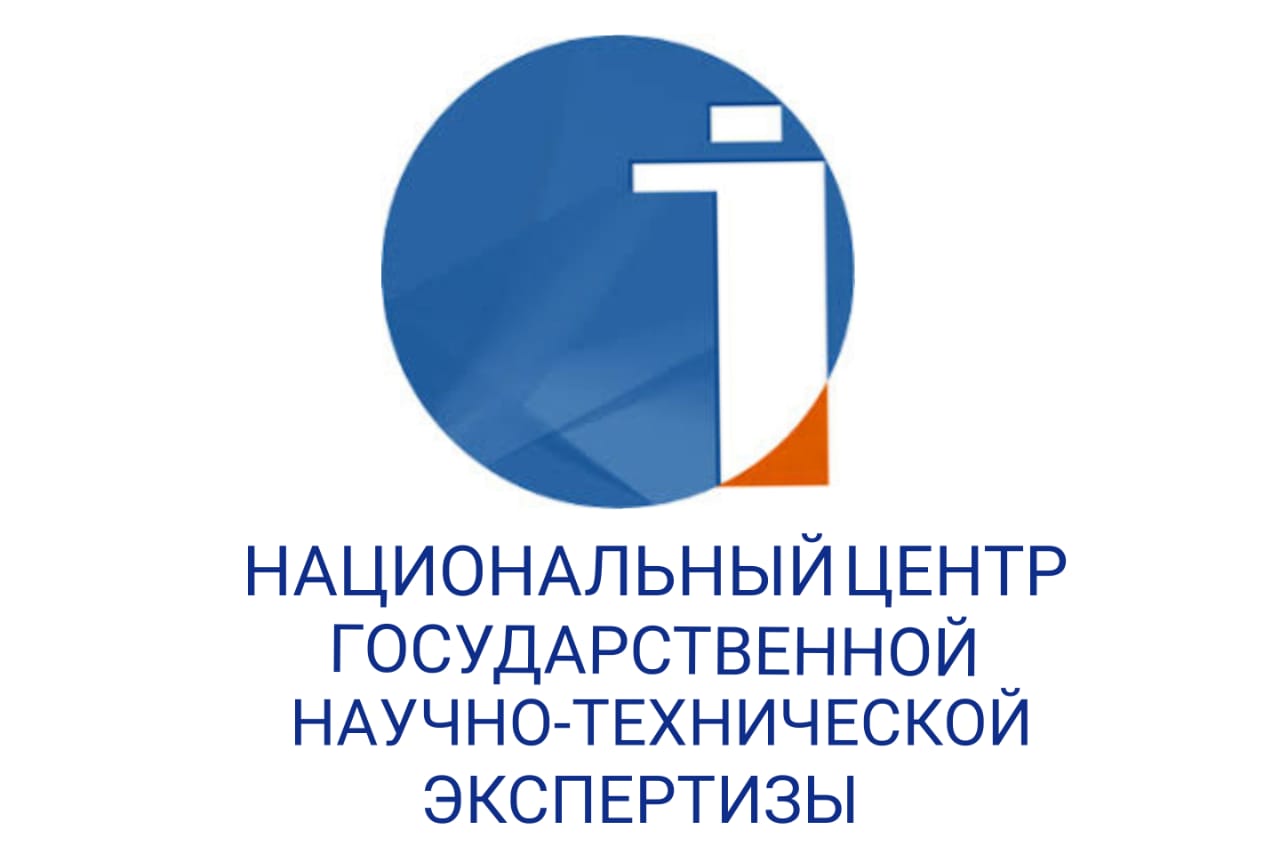FORMATION AND DEVELOPMENT OF PROBABILISTIC AND STATISTICAL THINKING STYLE OF MATHEMATICS STUDENTS
DOI:
https://doi.org/10.48371/PEDS.2022.65.2.014Keywords:
probability theory, mathematical statistics, thinking, methodology, analysis, development, formation, students, teaching, universityAbstract
For a fairly long period of time, probabilistic and statistical knowledge remained outside of training. The rapid development of probability theory and mathematical statistics in the XIX-XX centuries, the expansion of the boundaries of their application, awareness of the importance of stochastic knowledge for modern society made it possible to talk about the possibility of including probability-theoretical knowledge in the content of general, secondary and higher education. Prominent figures of science and education have participated in the discussion of this issue for many years. The coming of the XXI century . It was characterized by the inclusion of elements of probability theory, mathematical statistics and combinatorics in the content of the mandatory minimum of mathematical training. As the main purpose of introducing the stochastic component in the course of mathematics, a number of researchers see familiarization with statistical patterns, patterns of a broader type than those that make up classical determinism, noting that the education of probabilistic thinking as the antipode of deterministic thinking is of paramount importance for teaching.
Currently, the inclusion of probability theory and mathematical statistics in the content of mathematical education is primarily due to "the meaning and place of stochastic concepts and facts in the system of knowledge and ideas of modern man, their applied and practical significance in the world." The application of probability theory and mathematical statistics in various fields of science and technology is becoming increasingly important: in sociology, linguistics, literature, models are being built using probabilistic and statistical methods; biology, physics, chemistry, give numerous reasons to talk about statistical patterns encountered in the study of natural phenomena, in the implementation of chemical reactions, in the study of the molecular structure of matter.








